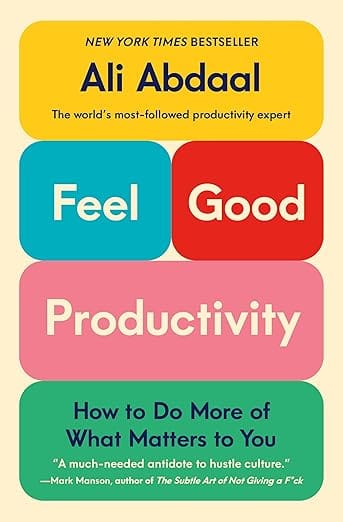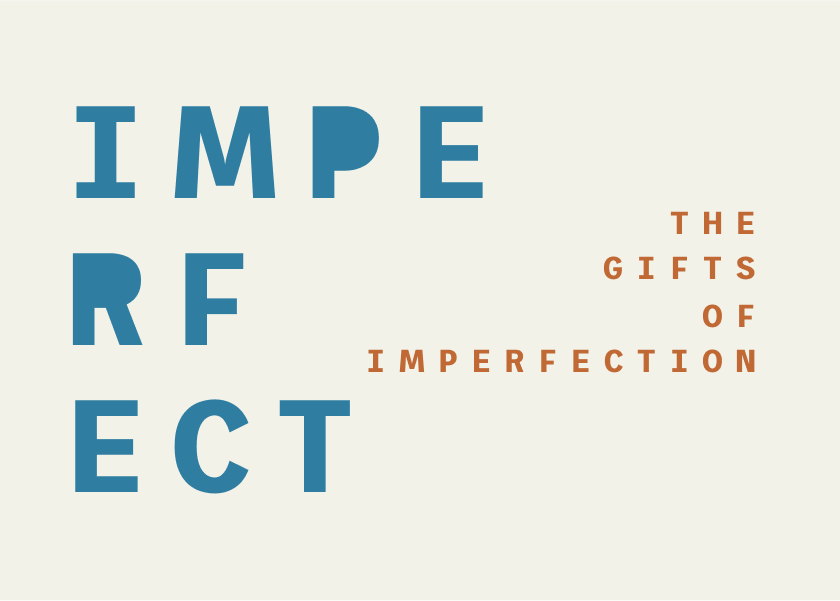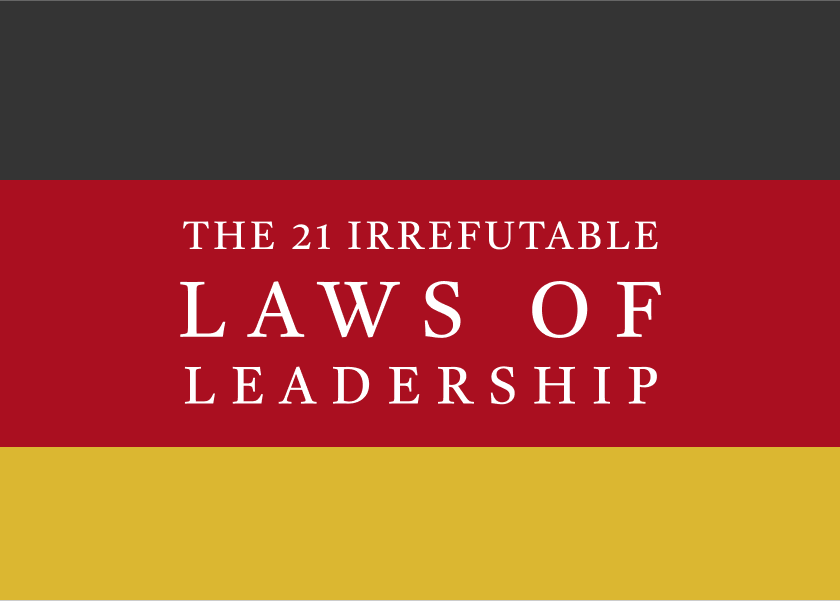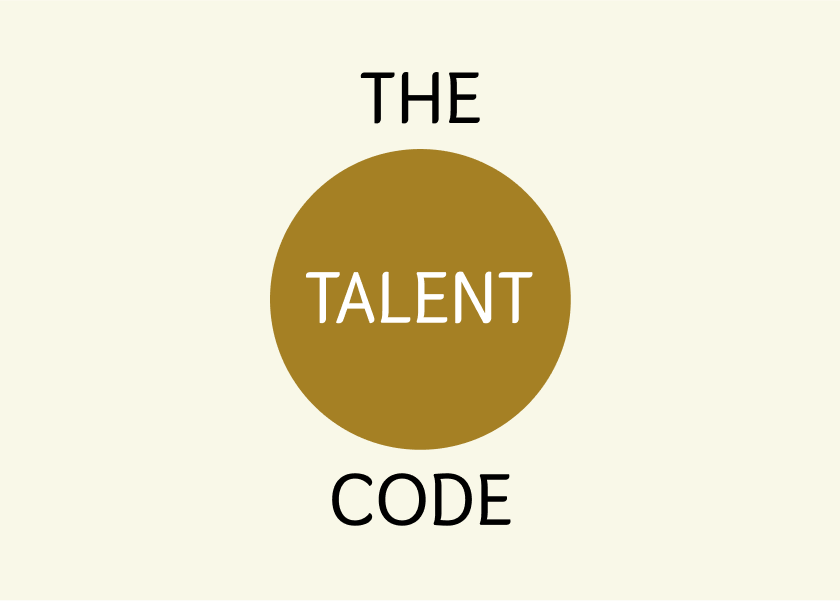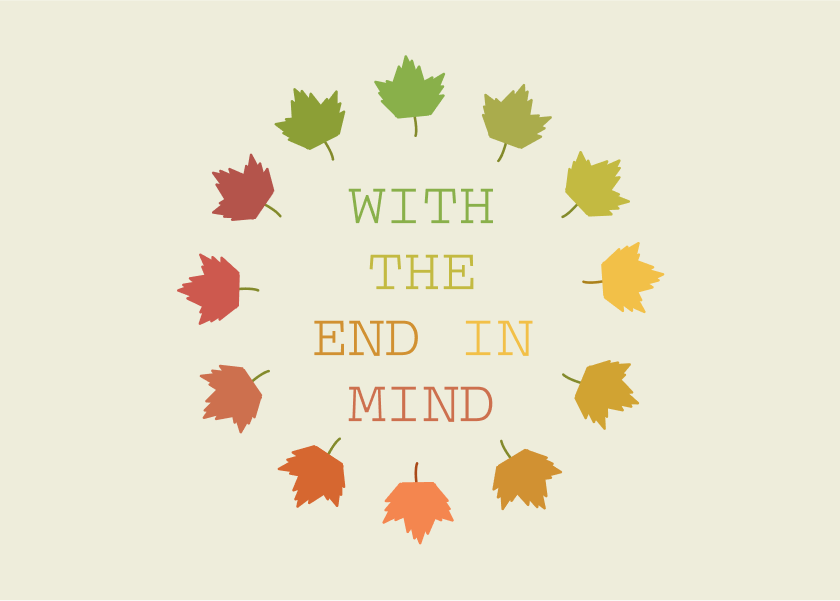Feel-Good Productivity by Ali Abdaal - Summary
This book offers a new approach to productivity, focusing on well-being first to drive focus and motivation. Learn how to energize yourself, overcome procrastination, and avoid burnout. Discover how to harness play, power, and people for long-term fulfillment.
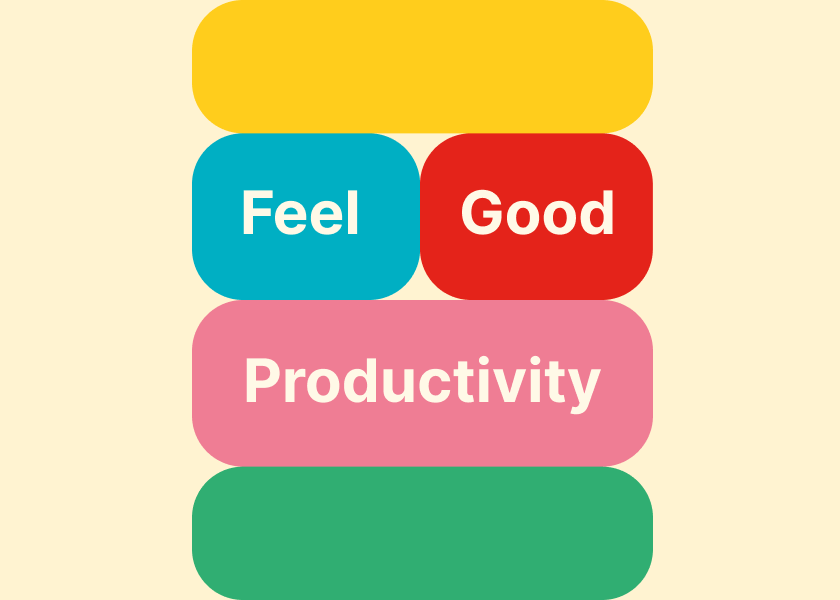
This is a summary of the book Feel-Good Productivity by Ali Abdaal.
Listen to ShelfHellp's podcast summarising the book Feel-Good Productivity.
Feeling Overwhelmed? Discover the Surprising Path to Productivity That Doesn't Involve Suffering
Are you tired of the endless hustle and feeling like you're constantly chasing success, only to find yourself burnt out and unfulfilled? What if there was a better way—a path to productivity that actually enhances your well-being instead of depleting it? In Feel-Good Productivity, Ali Abdaal offers a revolutionary approach that flips the traditional script on productivity, arguing that feeling good leads to success, not the other way around. This article will provide you with a detailed overview of this game-changing book, saving you time while equipping you with actionable strategies to transform your work and life.
Table of Contents
- About the Author
- Who Should Read This Book?
- Key Insights and Themes
- Detailed Summary
- Review
- Actionable Takeaways
- FAQs
- Conclusion
About the Author
Ali Abdaal is a doctor, entrepreneur, amateur magician, and a leading voice in the world of productivity. He is well-known for his evidence-based videos, podcasts, and articles that explore the science of human flourishing and high performance. Having juggled the demands of medical training at the University of Cambridge with building his business, he became intrigued by the science of productivity. His unique background and experience, combined with a talent for explaining complex topics in an accessible way, makes him a credible and insightful guide to the principles of feel-good productivity.
Who Should Read This Book?
Feel-Good Productivity is for anyone who feels trapped in the cycle of overwork and burnout and is looking for a more sustainable approach to achievement. This book is especially beneficial for:
- Professionals experiencing high stress levels and struggling to balance work and personal life.
- Students overwhelmed with academic pressures and looking for ways to improve focus and motivation.
- Entrepreneurs seeking to build a business without sacrificing their health and well-being.
- Anyone interested in the science of happiness, productivity, and self-improvement.
- Individuals who feel like they are "underwater" and want to "swim" rather than just staying afloat.
Key Insights and Themes
Here are the main ideas that are explored in Feel-Good Productivity:
- Success follows feeling good: This is the central tenet of the book.
- Three Energizers (Part 1): Play, Power, and People are the core components to energize yourself.
- Three Blockers (Part 2): Uncertainty, Fear, and Inertia are the main obstacles to productivity.
- Three Sustainers (Part 3): Conserve, Recharge, and Align to avoid burnout.
- The Importance of Self-Awareness: The book encourages readers to become amateur "productivity scientists" to experiment and find what works best for them.
- Focus on intrinsic motivation: Lasting motivation comes from within, driven by self-fulfillment, curiosity, and a genuine desire to learn.
- Over-communication is crucial: Go beyond the minimum you think is necessary, and consequently end up sharing exactly the right amount.
- Courage is Key: Acknowledge your fears and move past them.
- Action Bias: Turn deep thoughts into actionable steps rather than distant, abstract goals.
- Balance mindful and mindless recharging: Active engagement with rest, and guilt-free time to do nothing are needed to recharge.
- Long term alignment: Make everyday decisions that align with our deepest sense of self.
Detailed Summary
The book is divided into three parts, each focusing on a different aspect of feel-good productivity:
Part 1: Energize This section explores how to use the science of feel-good productivity to energize yourself. The three 'energizers' are:
- Play: The author describes how to find joy in any process. By reducing stress and creating an environment where you can play, you can learn more. Approaching tasks with sincerity rather than seriousness, and building projects around the concept of fun are key components to this strategy.
- It is important to focus on the process and find joy in any situation, however mundane.
- It can be useful to treat tasks as experiments where failure is just as valuable as success.
- There is a difference between being serious and being sincere; it can help to approach projects with levity.
- Power: This section explores how to take your job, life, and future into your own hands. It discusses the power of self-talk, flipping the confidence switch, and learning from others.
- You can dramatically impact your own productivity by becoming your own hype team.
- Challenging yourself to behave as if you're confident in your task, even if you’re not, can be impactful.
- Immersing yourself in vicarious success can boost your own feelings of "I can do this".
- Lasting motivation comes from within. It is more powerful than extrinsic motivation.
- It is important to take ownership of tasks.
- Changing your mindset from "have to" to "choose to" is an important component to feeling empowered.
- People: This section examines how to surround yourself with people to feel more energized. The book emphasizes teamwork, synchronicity, helping others, and asking for help.
- Even when undertaking tasks alone, you can convince yourself you're part of a team.
- Working in synchronicity with other people can make you more productive.
- Helping others can be transformative, and asking for help can make others feel good.
- Over-communication is important when working with others.
- It is important to be candid, and not just honest, when communicating.
Part 2: Unblock This part focuses on how to overcome procrastination by addressing the three 'blockers' that make us feel worse:
- Seek Clarity: This chapter highlights the need to understand the "why" behind tasks. It introduces the concept of "commander's intent" and emphasizes the need to turn abstract purposes into concrete goals.
- The 'motivation method' of pushing through tasks is unhelpful and can be harmful.
- It is important to define the purpose behind the task by asking 'why?'
- NICE goals are preferred to SMART goals. NICE goals should be near-term, input-based, controllable and energizing.
- Use the "crystal ball method" to anticipate obstacles, and ask for help.
- Find Courage: This section explores the role of fear in procrastination and how to move past it. It introduces the concept of the "amygdala hijack" and emphasizes the importance of acknowledging and understanding our fears.
- Knowledge is power, and getting to know our fears is the first step towards overcoming them.
- Labeling your emotions can reduce your fears.
- You may need to transform low confidence into a non-issue.
- Recognize that no one cares as much about your actions as you do, in order to reduce your fear.
- Get Started: This chapter discusses the concept of inertia and ways to reduce friction in order to get started. It emphasizes the power of the "five-minute rule," the "bias to action," and defining the next action step.
- Reduce friction to make it easier to get started.
- The "five-minute rule" can make it easier to start by committing to working on a task for just five minutes.
- Turn deep thoughts into actionable steps.
- Define the next action step to overcome inertia.
- It's important to track progress.
- It's important to find an accountability buddy and create a supportive system.
Part 3: Sustain This part explores how to avoid burnout and sustain feel-good productivity in the long term. The three 'sustainers' are:
- Conserve: This section discusses overexertion burnout and the need to conserve energy. It emphasizes the importance of doing less, saying no, and resisting distraction.
- Overexertion burnouts come from the negative emotions that arise when we do too much, too fast.
- Do less to unlock more; conserve your energy.
- Use the "hell yeah or no" filter.
- It is important to be aware of opportunity costs.
- Resist distractions.
- It's important to schedule breaks.
- Recharge: This section focuses on depletion burnout and the importance of active and mindful rest. It introduces the concept of 'calm projects' and the importance of creative and mindless recharging.
- If you want to recharge properly, maintain areas of your life where personal advancement doesn't feature at all.
- A CALM project should have a definite beginning and end.
- Both mindful and mindless recharging is important.
- Align: This section examines misalignment burnout and the importance of aligning our actions with our values. It introduces the concepts of long-term horizons, the "eulogy method," and the "wheel of life," and emphasizes short-term values affirmation interventions.
- Think about the long term to align your actions with your values.
- Reflect on death to shed light on how to live using the "eulogy method".
- Use the "wheel of life" to define success for yourself.
- Short-term targets feel easier to reach than long-term ones.
- Create three daily alignment quests.
- Experiment with small changes to increase alignment.
Review
Strengths:
- Practical and Actionable: The book is full of practical tips and strategies that can be implemented immediately.
- Evidence-Based: Abdaal draws upon scientific research to support his claims and provides clear explanations for his ideas.
- Holistic Approach: The book offers a comprehensive approach to productivity, addressing the importance of mental and emotional well-being.
- Engaging Writing Style: Abdaal's writing is clear, concise, and engaging, making it easy for readers to connect with the content.
- Focus on the individual: The book's experimental approach recognizes that what works for one person may not work for another, and encourages the reader to find a personalized solution.
Weaknesses:
- Repetitive: Some of the concepts are repeated throughout the book, which may feel redundant to some readers.
- Overly Simplistic: While the science-backed approach is a strength, at times some concepts may be presented in a way that seems too simple given the complexity of human behaviour.
- Not groundbreaking: Some readers may find that many of the methods are already available in other productivity books.
- Lacking in anecdotes: Although Abdaal does include personal experiences, some readers may wish for more real-life stories from others to back up the claims made in the book.
Actionable Takeaways
How to Apply These Lessons in Real Life:
- Incorporate Play: Find small ways to bring joy and fun into your daily tasks.
- Flip the Confidence Switch: Challenge yourself to act as if you're confident.
- Build your Hype Team: Find others going through the same challenges and spend time with them.
- Ask for Help: Don’t hesitate to ask for help when you need it.
- Define Your "Why": Clarify your purpose before starting a new project.
- Set NICE Goals: Focus on goals that are near-term, input-based, controllable, and energizing.
- Label Your Emotions: Recognise and name your fears to diminish their power.
- Use the Five-Minute Rule: Commit to working on a task for just five minutes to overcome inertia.
- Track Your Progress: Monitor your progress to stay motivated.
- Say "No" More Often: Protect your time and energy by rejecting non-essential commitments.
- Schedule Breaks: Plan time to rest and recharge throughout your day.
- Try a CALM Project: Engage in creative hobbies with a clear endpoint to recharge.
- Use the Eulogy Method: Reflect on your life from the perspective of your future funeral to guide your actions.
- Create Three Alignment Quests: Set three daily actions that align with your values.
- Run Experiments: Approach your daily projects and tasks in the spirit of experimentation to find what works best for you.
FAQs
Q: What is "Feel-Good Productivity" about? A: "Feel-Good Productivity" is a book by Ali Abdaal that presents a new approach to productivity, arguing that feeling good leads to success, not the other way around. It combines scientific research with practical strategies to help readers energize themselves, overcome procrastination, and avoid burnout.
Q: Is "Feel-Good Productivity" worth reading? A: Yes, if you're looking for a holistic, evidence-based approach to productivity that prioritizes your well-being, "Feel-Good Productivity" is worth reading. The book provides actionable strategies that you can use to transform your work and life.
Q: What are the three energisers in the book? A: The three energizers are Play, Power, and People.
Q: What are the three blockers in the book? A: The three blockers are Uncertainty, Fear, and Inertia.
Q: What are the three sustainers in the book? A: The three sustainers are Conserve, Recharge, and Align.
Q: Does this book focus on time management? A: While the book does cover some aspects of time management, such as time blocking, it focuses more broadly on improving productivity through better well-being, motivation, and emotional management.
Conclusion
Feel-Good Productivity is not just another productivity guide; it's a transformative approach to life that places your well-being at the center of your goals. By embracing the power of play, power, and people, and by addressing the underlying issues of uncertainty, fear, and inertia, you can create a sustainable path to success without sacrificing your happiness. This book is a valuable resource for anyone who is looking to not just get more done, but also to live a more fulfilled life.
Don't wait any longer to transform your approach to productivity and well-being. Take the first step today and start creating a more joyful, energized, and successful life.
As an Amazon Associate, ShelfHelp may earn money from qualifying purchases. Needless to say, ShelfHelp only includes affiliate links to books we recommend and think are worth your time reading.
